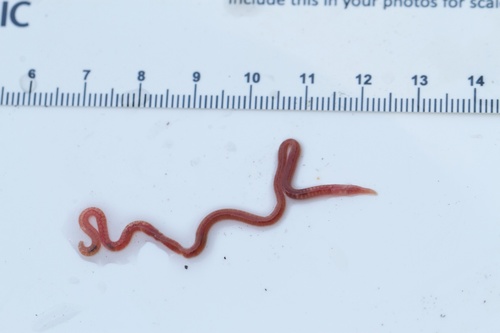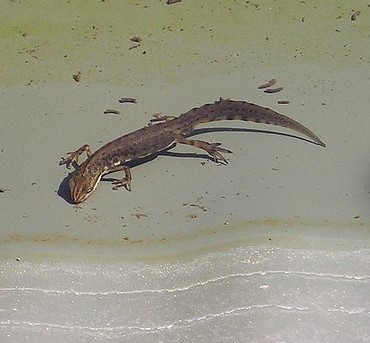What crawls, creeps or swims? Crustaceans, molluscs and vertebrates
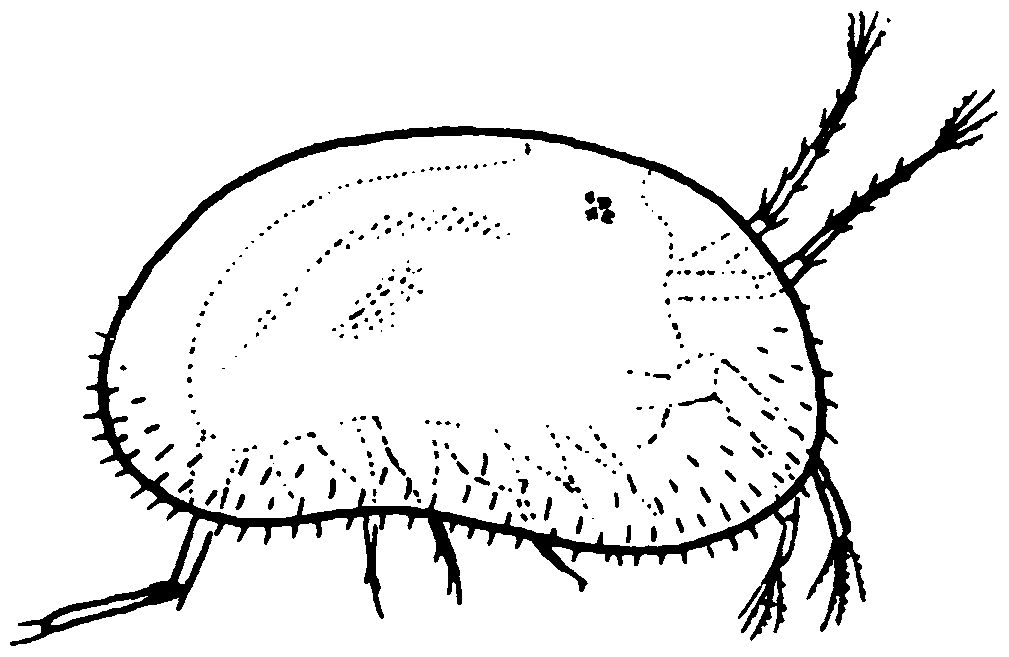
Tiny crab world
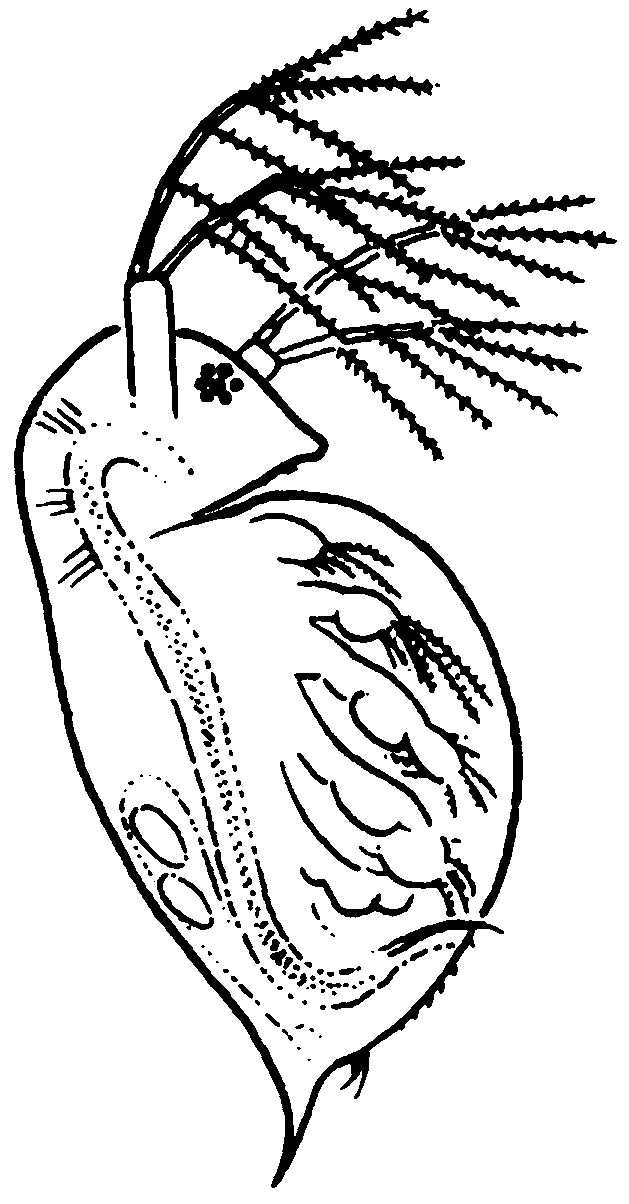
CRUSTACEANS (CRUSTACEA)
Photos: Kosmos Publishing House and GLOBE Swiss
Most crayfish species live in the sea, but there are also some representatives in fresh waters. Frequently encountered crayfish species in our waters are rather the small, often only up to 20 mm in size and with an articulated carapace (Peracarida). These include the water louse (Asselus aquaticus), which is found in slow-flowing and stagnant waters. It has no great demands on water quality and lives among foliage and dead plant debris. Aquatic isopods eat detritus and play an important role in decomposing foliage. Woodlice are often grayish brown, sometimes purple in color. Unlike the freshwater amphipod, it crawls over the ground and does not curl its body.
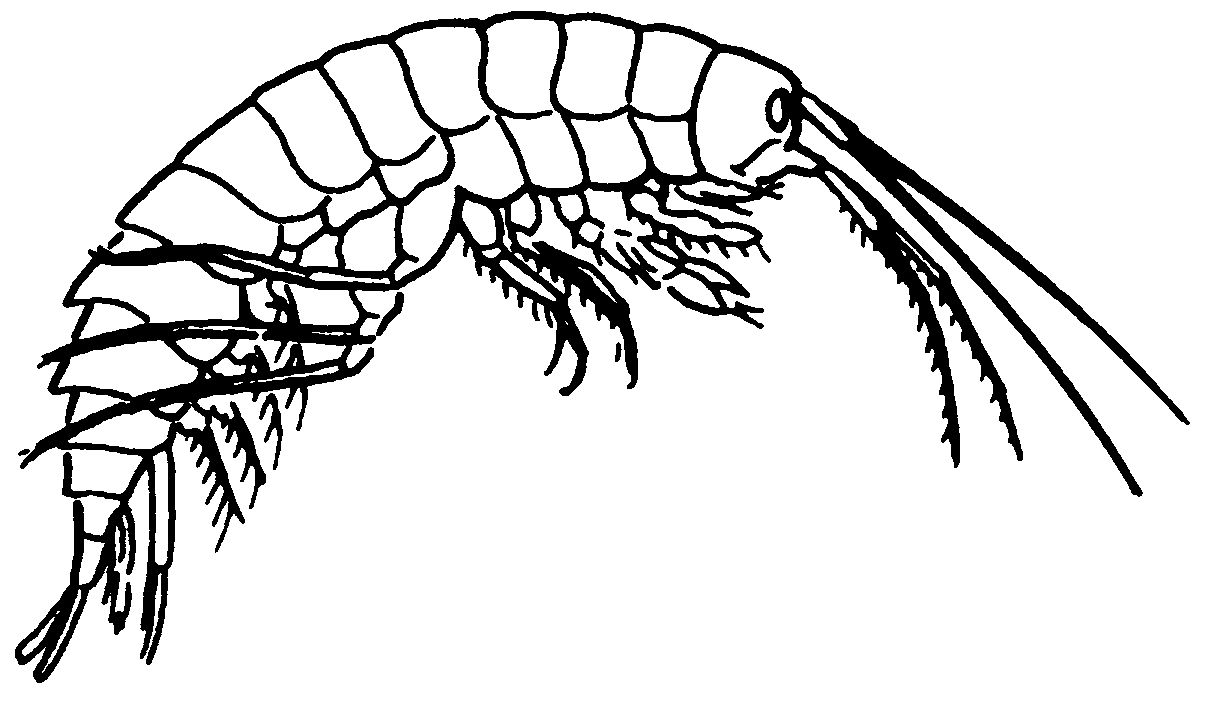

The freshwater amphipod (Gammarus pulex) lives as its name indicates in streams, there is also an amphibod species that lives more in lakes (Gammarus lacustris). The body is quite light and lies on its side in resting position and is usually curved. The amphipods colonize all types of water, but the oxygen and calcium content must not be too low. The name refers to the dynamic swimming movement of the amphipods. Freshwater amphipods also decompose dead plant material, but sometimes they eat mosquito larvae. They also provide an important food source for predatory fish.

Native decapods like the European crayfish (Astacus astacus) are almost non-existent,
they have almost all been replaced by the invasive
decapod species. See the Signal Crab or the
Camber crab.
"File:Astacus astacus in danger.jpg" by brian.gratwicke is licensed under CC BY 2.0.
THE SURGERY (MOLLUSCA) - Mussels and snails
Bivalves and snails both form a shell in which they live, they have either a muscular adhesive foot (bivalves) or a foot with a creeping sole (snails) over which they move actively. As filter feeders, herbivores and detritus eaters, they colonize almost every type of water body and have no great demands on it. They are often easily transferred to other waters by, for example, waterbirds.
Mussels (Bivalvia)
The most common mussels found in our country belong to the group of freshwater mussels (Unionidae) and live mostly in and on the bottom of the water. They even move with their foot, although very slowly. Sometimes in shallow waters you can see their meter-long furrows they dug into the sand or mud while walking on it. The freshwater mussels play an important role in keeping the water clean, because they continuously filter suspended matter from the water. One large mussel filters about 40 liters of water in one hour.

Typical shell shape of a freshwater mussel
Drawing from Kosmos Publishing House
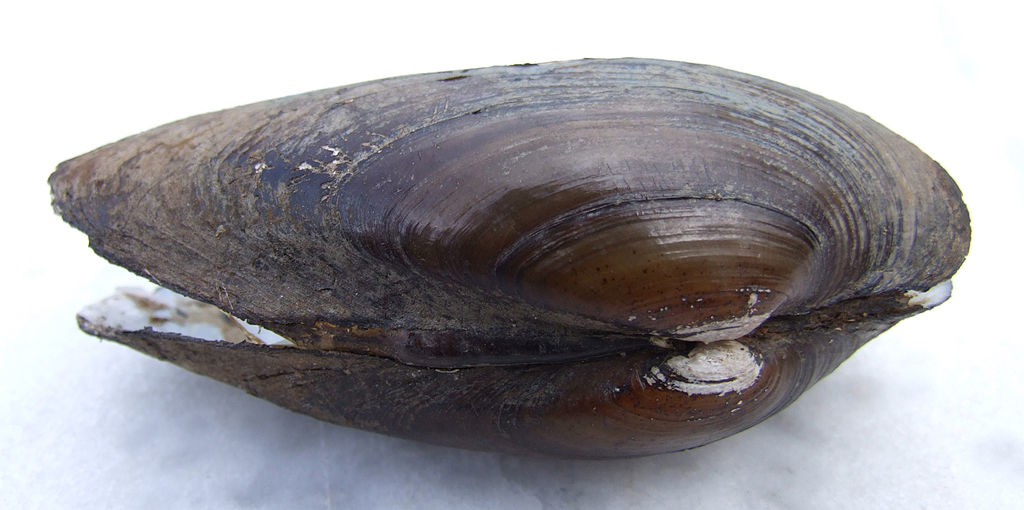
The swollen river mussel (Unio tumidus ) is the sister species of the endangered thick shelled river mussel (Unio crassus). They differ only in size.
Foto: "Unio tumidus 2010" by G.-U. Tolkiehn is licensed under CC BY 3.0.
The shells all look very similar, the shell shape is more or less elongated oval and there are cones on both sides. The colorations are mostly dark. The thick shelled river mussel (Unio crassus) lives only in rivers and streams, it is dark colored and grows only up to 60 mm long. It can live over 30 years, twice as long as the average dog. It is highly endangered and is under strict European conservation law. Its sister species the swollen river mussel (Unio tumidus) is also found in lakes and calm flowing rivers. As well as the swan mussel (Anodonta cygnea), it grows up to 20 cm.
By the way, mussels form pearls only when large foreign bodies get into their shells.
Native zebra mussel or invasive quagga mussel?
The zebra mussel (Dreissena polymorpha) is easy to recognize, it has a yellowish green shell with brown waves or zigzag lines. The color contrast and patterning has given it its name. It inhabits rivers and lakes but actually originates from the Black Sea region. However, it has been part of our waters since 1820 and is therefore not considered invasive but an established species. Its sister species the quagga mussel (Dreissena rostriformis) is currently spreading as an invasive species (link to quagga mussel). It is difficult to tell the two apart, but the quagga mussel has a rounded upper edge and often lacks patterning.

"Dreissena polymorpha" by cohen is licensed under CC BY 4.0.
So different the zebra mussel can look, how the pattern is also depends on the environment.
Since the mussel is in close contact with all dissolved and suspended substances in the water, as well as
pollutants directly from the water, it is collected and examined by the Federal Environmental Specimen Bank
collected and examined.
Snails (Gastropoda)
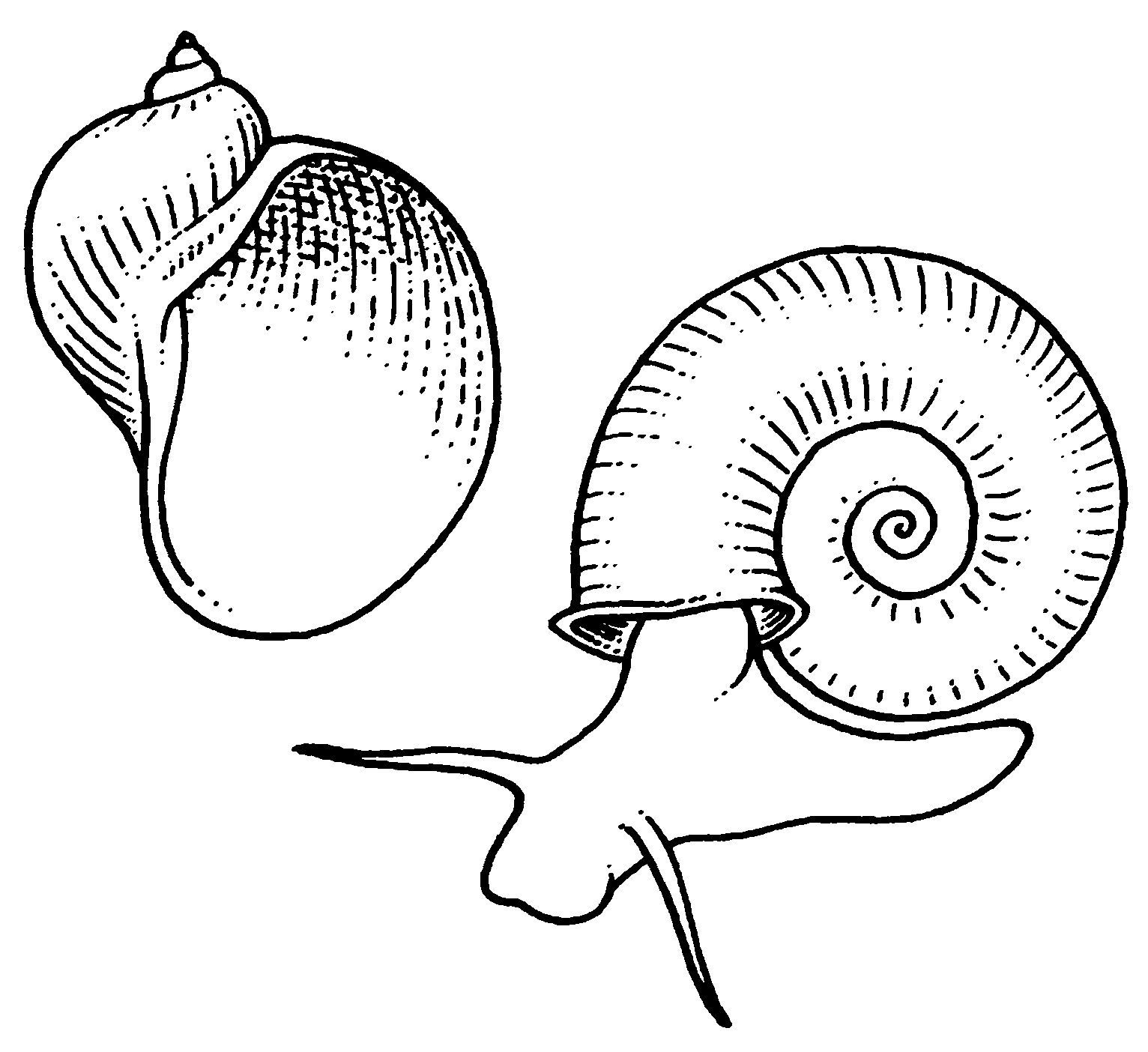 Snails can be found almost everywhere, on land live the lung snails and in the water the gill snails or the freshwater lung snails. The freshwater lung snails were originally once land snails and then in their evolutionary history migrated back into the waters, they must regularly replenish their air supply at the water surface. Unlike land snails, the eyes of water snails are not at the ends of the antennae, but at the base of the antennae - the antennae are therefore "eyeless". Water snails are found in stagnant or very slow flowing water, i.e. in ponds, lakes or on wide river banks. There, they often crawl around near the shore on water plants, from whose leaves they eat off the algae coating. Or stones, which also have an algae coating whereby they can perfectly use their rasping or rubbing tongue. They are found in many types of water and do not have high demands on cleanliness.
Snails can be found almost everywhere, on land live the lung snails and in the water the gill snails or the freshwater lung snails. The freshwater lung snails were originally once land snails and then in their evolutionary history migrated back into the waters, they must regularly replenish their air supply at the water surface. Unlike land snails, the eyes of water snails are not at the ends of the antennae, but at the base of the antennae - the antennae are therefore "eyeless". Water snails are found in stagnant or very slow flowing water, i.e. in ponds, lakes or on wide river banks. There, they often crawl around near the shore on water plants, from whose leaves they eat off the algae coating. Or stones, which also have an algae coating whereby they can perfectly use their rasping or rubbing tongue. They are found in many types of water and do not have high demands on cleanliness.
Examples of freshwater air-breathing snails:
The Nautilus ramshorn (Gyraulus crista) is widespread and prefers densely vegetated small waters (ditches, ponds to lakes). It belongs to the freshwater lung snails. The shell is very flat and indented in a disc shape. The coloration varies from grayish white, almost transparent to dark horn colored. It is very small with a diameter of 2.8mm, but often occurs in groups and is therefore easy to spot.
„Gyraulus (Armiger) crista“ by Glodny is licensed under Public Domain self
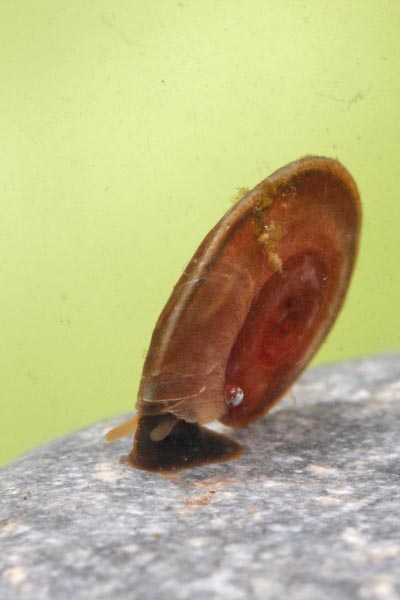
A much larger snail is the great ramshorn (Planorbis corneus), its shell is up to 34 mm in diameter and olive to brown in color. It lives in larger waters in still waters or very slow flowing rivers.
"File:Planorbis corneus A MRKVICKA.JPG" by Alexander Mrkvicka is licensed under CC BY-SA 3.0.
Gill snails
The mud bithynia (Bithynia tentaculata) is one of the most common freshwater snails, in Luxembourg it is found in lakes and also in the lower reaches of major rivers such as the Moselle and Sûre. It is bioindicator for moderately to critically polluted waters, so it also occurs in brackish water.
Exception:
The snail Bythinella dunkeri, inhabits clean springs and spring creeks of the low-calcareous low mountain ranges, especially in the north of Luxembourg. Often it occurs in the spring stream area, during dry periods, such as in summer, the spring snails retreat to the underground areas of the spring. In the colonized waters it can reach high settlement densities (up to 16,500 individuals per m²). It sits on dead leaves, wood, water plants and stones.

"File:Bithynia tentaculata A MRKVICKA.JPG" by Alexander Mrkvicka is licensed under CC BY-SA 3.0.

Offspring of Bythinella dunkeri: The female snail sticks a spawning line with about 20-40 eggs to a hard substrate like stones. The young hatch depending on the water temperature and live in 13-26°C warm water.
"Bithynia tentaculata eggs 10" by michal.manas is licensed under CC BY 2.0.

Their shell is up to 11mm high and 7mm wide and yellowish transparent to reddish.
"Bithynia tentaculata_(I1775)_0241" by SERC Photos is licensed under CC BY 2.0.

Here you can see how small the Bythinella dunkeri is, they are found in clean and clear spring areas.
"Bythinella compressa" by Dieter Schmitt is licensed under CC BY-SA 3.0.
LEECH (HIRUDINEA)

Leeches are worm-like animals with suckers at the ends of their bodies; they move by alternately sucking or releasing the suckers and sometimes curl up when disturbed or swim with their bodies extended. Leeches are insensitive to water pollution, they are therefore found in all waters and also brackish water.
Here are some exemplary sample species:
A species up to 10 cm in size is the common fish leech (Piscicola geometra). The common fish leech has only two requirements for the water body: The water body must be rich in plants and there must be fish in it on which it can suck blood. Sucking blood does not kill the fish, but it weakens them. Whether it is a river, a large lake or a tiny stream does not matter to the leech. The slender build and regular cross stripe pattern distinguishes the fish leech from other leeches and worms in the pond.
Probably the most common species in European waters is Erpobdella octoculata, it inhabits stagnant and flowing waters, even if they are polluted to some extent and polluted with nitrate. It grows to a size of 3-7 cm. This Rollegel has 8 eyes, four of which are located in the front, and 2 each on the two sides of the head. It does not suck blood like its other conspecifics, but devours its prey such as mosquito larvae or other mud tube worms directly by sucking them in. It also eats carrion and therefore plays an important role in the metabolic cycle of a water body. The dog fluke attaches its egg cocoons to the leaves of aquatic plants or under rocks, and one cocoon can contain up to 30 eggs. This species of leech can be used as a bioindicator due to its ability to survive in polluted waters. Levels of contamination can also be determined by the amount of pollutants in the tissues of E. octoculata.
Exception:
The leech Alboglossiphonia heteroclita is a relatively small leech (max. 12 mm, pictured top center) and has been shown to be sensitive to oxygen depletion and phosphate loading in water bodies. It is found only in moderately polluted waters, but is not as sensitive to nitrate. It prefers to suck on water snails but also on other worms and insect larvae.
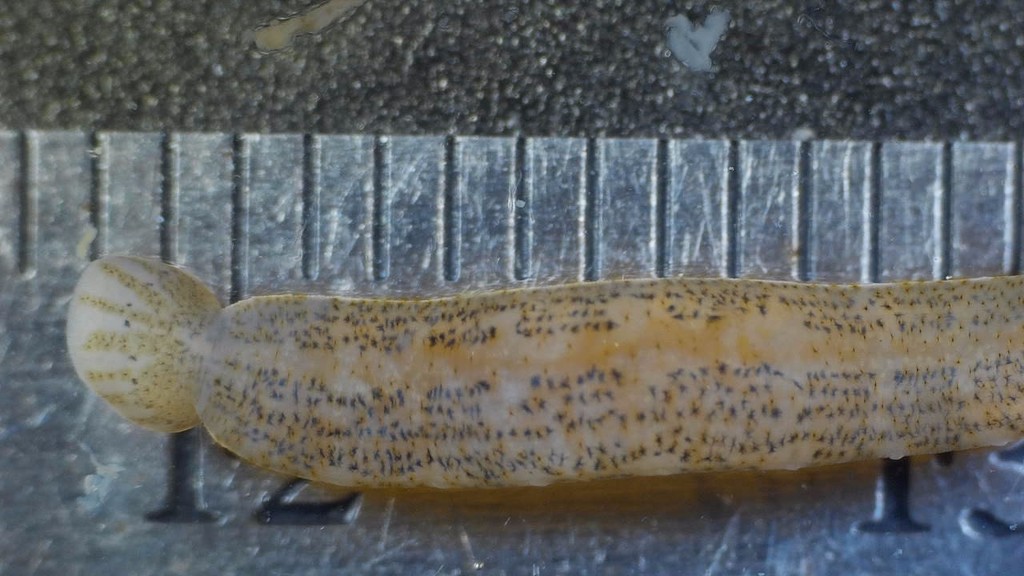
fish leech (Piscicola geometra) it is greenish brown patterned and up to . The slender physique and regular transverse stripe pattern distinguishes the Pisces leech from other leeches and worms in the pond.
"Piscicola geometra" by Rob Foster is licensed under CC BY 4.0.
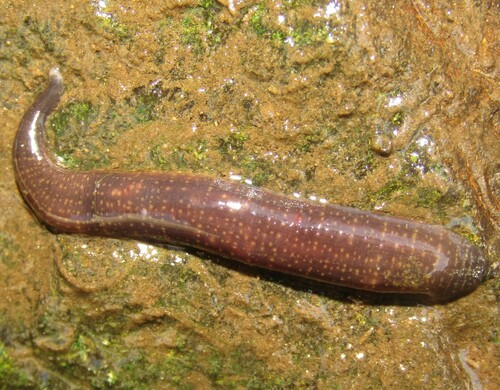
The Erpobdella octoculata, grows to 3-7 cm in size. It has 8 eyes, four of which are located in the front, and 2 on each side of the head. A characteristic feature of the dog fluke is that every fifth abdominal ring is slightly lighter in color.
"Erpobdella octoculata" by s173 is licensed under CC BY 4.0.
ANNELIDS (ANNELIDA)
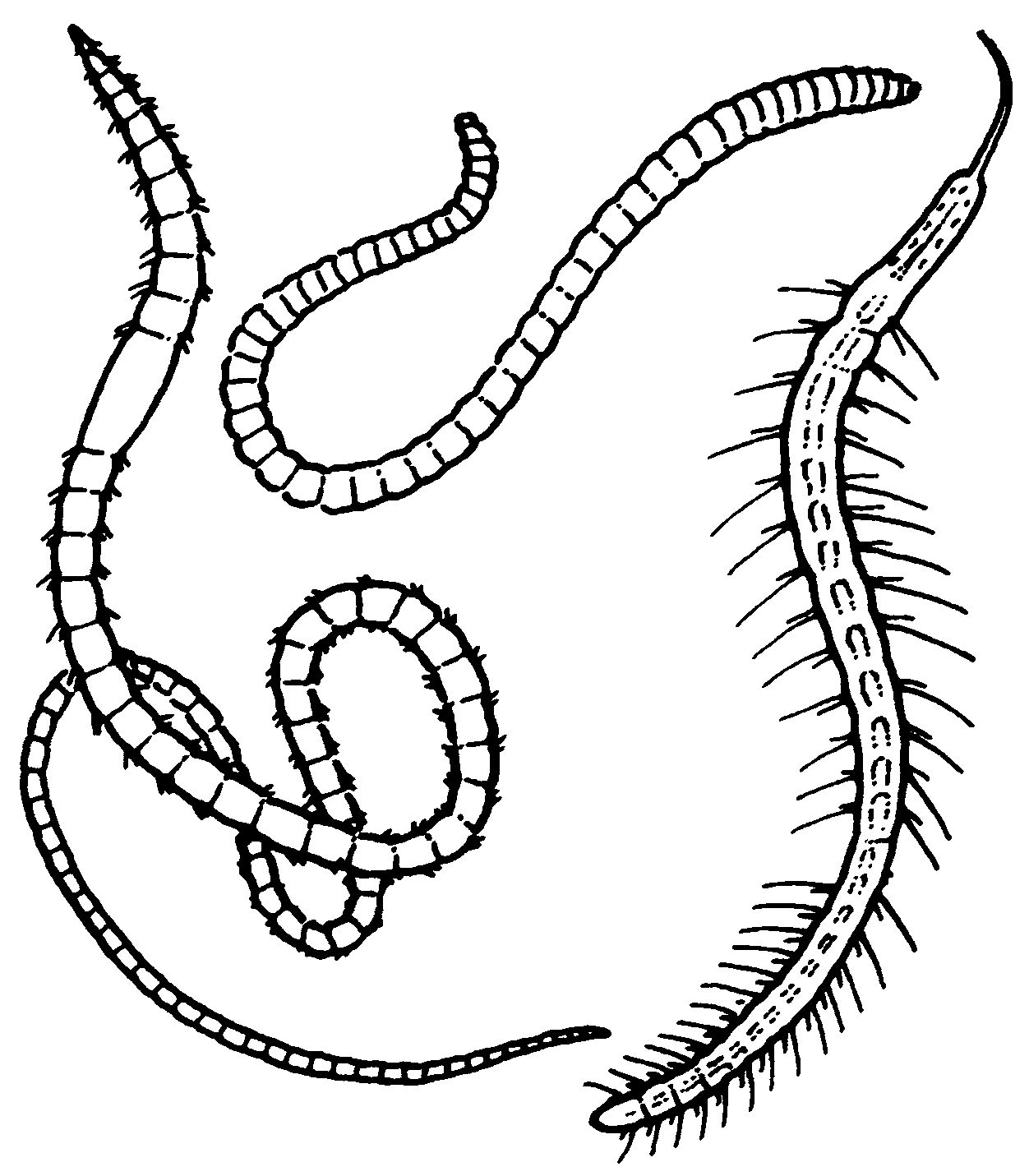
Most annelids are ecologically important because they are considered very tolerant and are often found in large numbers in polluted streams or stillwaters. They live half buried in the mud at the bottom of a water body or among aquatic plants. Many species are light, brown or even reddish.
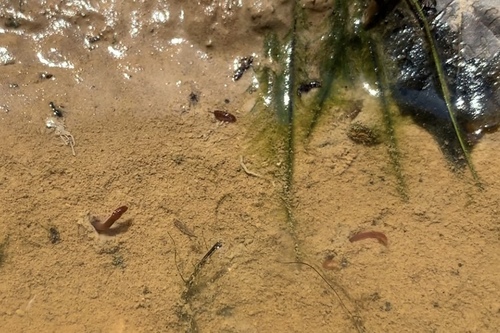
"Tubifex" by Timothy Gerla is licensed under CC BY 4.0.
Species of Mud tube worms (Tubificinae) live in self-made tubes in soft sediment, i.e., in the mud or sand of flowing or standing waters. Typically, only the rear end of the worms peeks out of the sediment surface. They swirl oxygenated water and organic material by movement. Some species are blood red due to hemoglobin, e.g., Tubifex species. Mass reproduction occurs only in waters whose sediments have a high proportion of usable organic material (eutrophic). In unpolluted waters they tend to occur only sporadically. Some species are used for water quality assessment. The species Tubifex tubifex can grow up to 8 centimeters long.
VERTEBRATES (VERTEBRATA)
Amphibians such as frogs and Salamanders (e.g. frogs and newts) are useful indicators of artificial pollution in a water body, such as from chemicals. They have permeable skin and absorb oxygen through it - but also dissolved toxins such as pesticides. When pesticides enters the water, populations shrink which should be alarming.
In addition, many amphibians are threatened with extinction, one reason besides road traffic is the spread of the deadly amphibian chytrid fungus.The exact origin of the fungus is still unclear, but this is referred to as an epidemic. It is clear that it spreads through water, for example, when people walk through various bodies of water with rubber boots. Dan they carry the fungus on the soles of their shoes possibly into waters that are not yet infected. Especially fire salamander populations in the Eifel region have shrunk considerably due to the fungus. It now occurs worldwide and also in many biodiversity hotspots; West Africa and Madagascar are the only chytrid-free regions in the world. The invasive bullfrog (Lithobates catesbeianus)
Frogs
"Oh a frog!" But wait, there is a difference. There are toads (Bufonidae), tree frogs (Hylidae), and true frogs (Ranidae).Many frogs are not aquatic at all, but live most of the time on land in areas of high humidity. They come to pools, ponds, lakes, or large puddles only for mating and spawning in the spring. At night, the frogs go hunting for insects; they sometimes hibernate in burrows or densely packed at the bottom of bodies of water.
The European toad (Bufo bufo) is recognizable by its yellowish, reddish to dark brown upper surface with irregularly distributed warts (warts are a characteristic feature of toads). It bears knobby ear glands on its temples. Like most toads, it is nocturnal and a land dweller, migrating to a water source only to spawn. There it produces spawning strings with up to 7000 black eggs.
Hear the call of the European toad!
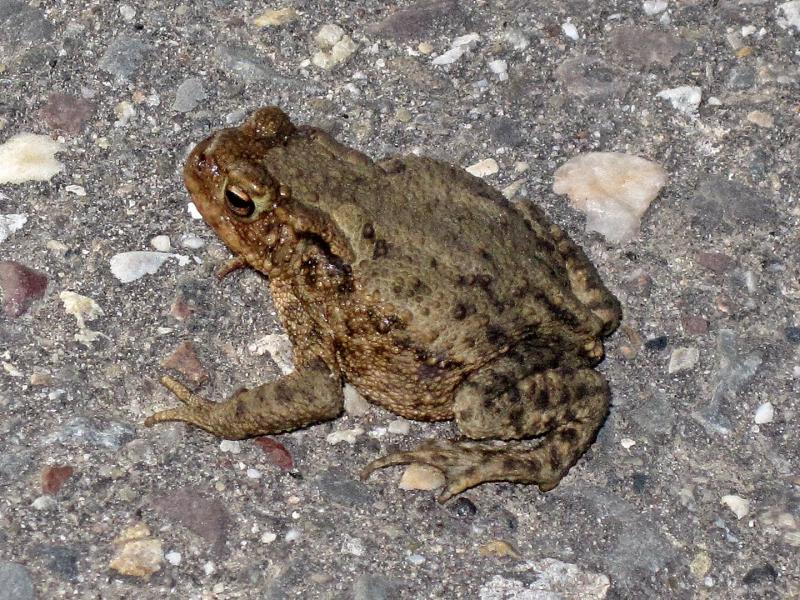

"File:Bufo bufo (Common toad), Arnhem, the Netherlands.jpg"
by Bj.schoenmakers is marked with CC0 1.0.
Toad-spawn Mike-Krüger.jpg by MikeKrueger is licensed under CC BY-SA 3.0
The European tree frog (Hyla arborea) , is nocturnal and hides well camouflaged in bushes during the day, which is probably why few people get to see it often. The Tree Frog prefers to inhabit diverse landscapes with high water tables and an abundant supply of suitable spawning waters. These are ideally free of fish, in any case well sunlit and have shallow water zones as large as possible. In summer, the tree frog prefers wind-protected areas with high humidity, which can be, for example, hedges, blackberry bushes, forest edges in which many insects live.

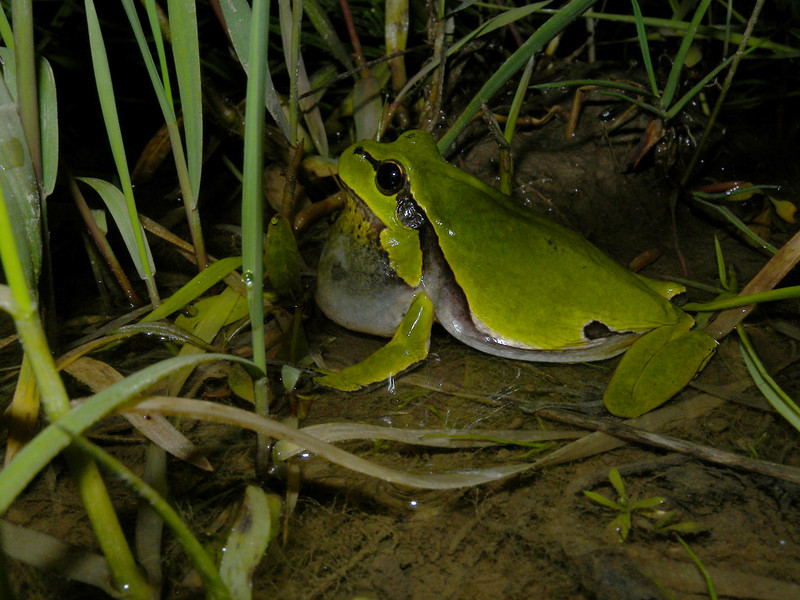
FelixReimann, CC BY-SA 3.0, via Wikimedia Commons
"European Tree Frog (Hyla arborea), Budy near Białowieża, Poland" by Frank.Vassen is licensed under CC BY 2.0.
The Edible frog (Pelophylax esculentus) belongs to the true frogs (Ranidae). It is probably the most common frog to see. It lives in sunny still waters, especially ponds and semi-natural ponds, where the frogs can sunbathe and look for insects sitting on the shore or on lily pads. The Edible frog has a peculiarity, it is not a biological species in the classical sense, but a hybrid, that is, a cross between two water frogs. Namely from the parent pair marsh frog (Pelophylax ridibundus) and pool frog (Pelophylax lessonae). Although it is a hybrid, it can produce healthy offspring due to genetic peculiarities.
The pool frog is green to light brown on the upper side with blackish brown or green spots and usually light green dorsal stripe. Males carry two sound bladders on the side of the head. In the spawning season April to May, the Edible frog lays spawning balls with about 300 eggs each.

"Frog (Pelophylax kl. esculentus)" by Bernd Thaller is licensed under CC BY 2.0.

"Frog Spawn" by twoody291 is licensed under CC BY 2.0
The Grass frog (Rana temporaria) also belongs to the true frogs and among them to the subgroup brown frogs (Rana). The upper side can be yellow, red or dark brown in color. It bears a long dark brown stripe on the temple. It lives on land and mostly in meadows, bogs, swamps or even moist, deciduous forests. There it can camouflage itself perfectly by its coloring. Spawning waters include a wide range of standing or slow-flowing waters. Preferred, however, are shallower, sunlit still waters such as small ponds and ponds (also garden ponds), which, however, may rarely dry out, or also cattle watering places.

Richard Bartz, Munich aka Makro Freak Image:MFB.jpg, CC BY-SA 2.5 , via Wikimedia Commons

Salimfadhley, CC BY-SA 3.0 , via Wikimedia Commons
Amphibians: Chordate (Chordata)

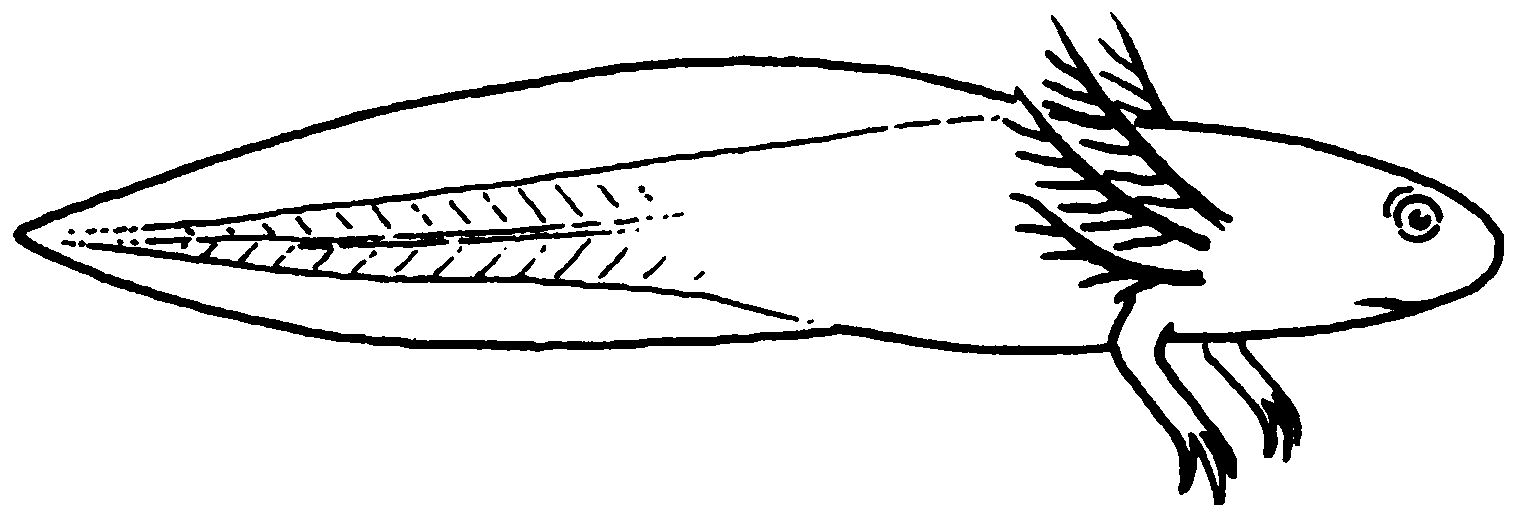
Salamanders (like tailed amphibians) live in quiet ponds, ponds and lakes and hunt for prey there, unlike frogs they have an elongated body and no jumping legs, also they have a kind of tail fin with which they move. The larvae of newts living in water (only the larvae of frogs are called "tadpoles") usually have external gill tufts and develop the front extremities first. They feed exclusively as predators, unlike tadpoles. In the spring (February/March), the amphibians move to their spawning grounds, wrapping their eggs in leaves and sticking them there. Most newts are nocturnal and stay in their spawning waters from March to August. Spawning waters can be pools, ponds, ditches, or dredge ponds. Females are usually not as colorful and without crests. Therefore, they can be more easily confused with other species. But beware, the comb of the male attaches itself to the body of the newt on land and is then hardly recognizable.

Usually you can spot them if you sit quietly next to the water and watch, newts are very shy and camouflage themselves well between water plants.
"230516 Common Newt (Lissotriton vulgaris)" by pete. #hwcp is licensed under CC BY 2.0.
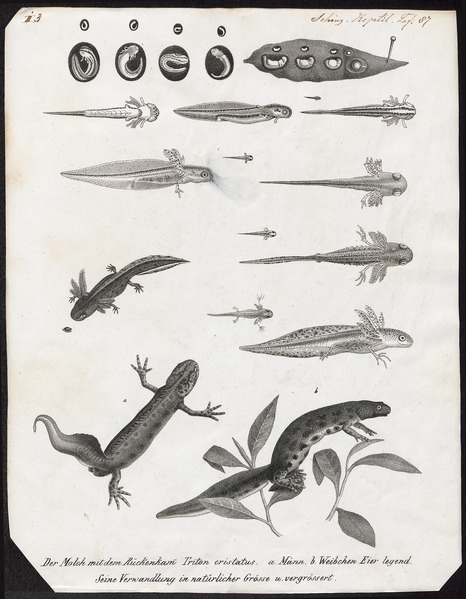
Developmental stages of newts using Triturus cristatus as an example.
Special Collections of the University of Amsterdam, Public domain, via Wikimedia Commons
The European newt (Lissotriton vulgaris)
Size: up to 110 mm. Males and females of the pond newt look slightly different.
Male European newts: bear an upright wavy dorsal crest in the water and are yellow to olive brown in color on the upper side. The belly is orange to yellowish in the center and bears large dark spots (see photo).
Female European newts: Have a pale belly, with small dark spots. The upper side is yellowish to sandy brown. They do not have a dorsal crest and therefore can be more easily confused with another newt species, the Palmate newt (Lissotriton helveticus). Unlike the threaded newt, however, the throat is usually spotted as well, and another distinguishing feature from threaded newt females is the lack of yellow pads on the sole of the foot.

The tadpole of an European newt (Lissotriton vulgaris)
"Smooth Newt (Lissotriton vulgaris) larval stage" by gailhampshire is licensed under CC BY 2.0.
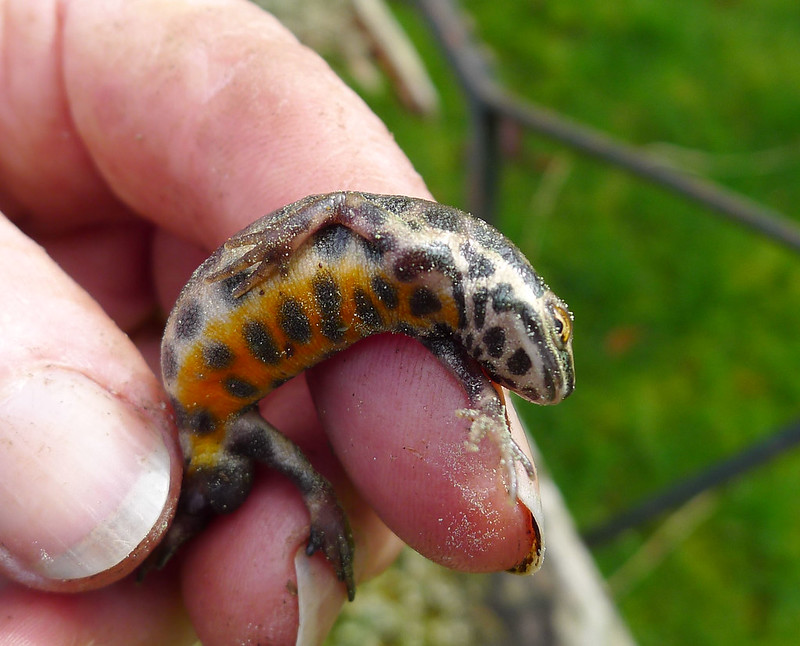
The abdomen of Lissotriton vulgaris is orange to yellowish in the center and bears large dark spots
"Male Smooth newt. Lissotriton vulgaris" by gailhampshire is licensed under CC BY 2.0.
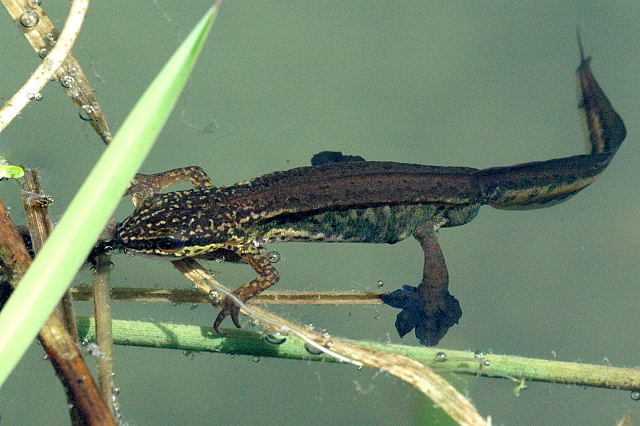
Palmate newt (Lissotriton helveticus). The male newt has a conspicuous thread-like extension of the tail. The comb of the newt is smooth-edged and not serrated, as in the European newt or Northern crested newt. The strong webbing on the toes of the hind legs and the irregular small spots are also conspicuous.
James Lindsey at Ecology of Commanster, CC BY-SA 2.5, via Wikimedia Commons
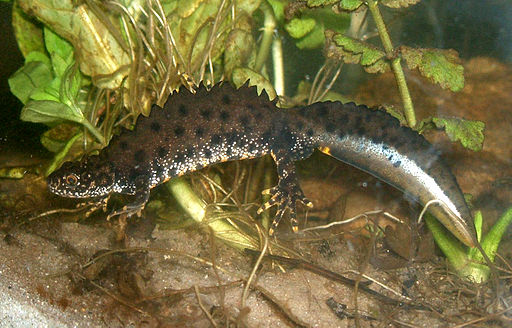

The belly of the Northern crested newt (Triturus cristatus) is yellow-orange, the spots on the belly side are larger than on the throat (difference from the pond newt). The males have a crest that stands up in the water. Another difference from the European newt (Lissotriton vulgaris) is that the crest is higher/larger, also it is interrupted shortly at the beginning of the tail (tail root) (see photo). Especially popular with great crested newts are fish-free waters with rich underwater vegetation.
up: Rainer Theuer., Public domain, via Wikimedia Commons
bottom: Magnefl, CC BY-SA 4.0 , via Wikimedia Commons
Fish
Many fish species in our flowing waters have returned due to the renaturation of the river courses. During renaturation, particular attention is paid to ensuring that rivers can be navigated, i.e. dams or other structures in the water are removed. Many fish, including the common nase (Chondrostoma nasus), migrate upstream in large schools during the spawning season, from March to May, or enter suitable tributary streams. Many carp species live in plant-rich and eutrophic waters, whereas schooling fish are more likely to be found in cool, oxygen-rich waters. There are also newer fish species that are spreading into native waters and have been classified as invasive such as the black bullhead (Ameiurus melas) or the stone moroko (Pseudorasbora parva).
Examples of some fish species in nutrient-rich (eutrophic) lakes:
Carp fish:
Examples of some fish species in rivers with nutrient-poor, oxygen-rich cool water:
Brown trout (Salmo trutta fario)
Common minnow (Phoxinus phoxinus)
In lakes and rivers of all kinds, also in brackish water:
European perch (Perca fluviatilis)
three-spined stickleback (Gasterosteus aculeatus)
Other forms of animals
Flatworms (Plathelminthes), which are found in our waters, usually have dark colors such as brown, gray or black. Their body is flat and elongated, the head has two eyes and is triangular or arrow-shaped in some species. They feed mainly on live and dead small aquatic animals (e.g. small crustaceans, worms and insect larvae), first sliming the prey and then adding a digestive juice. The dissolving tissue is later sucked in.
Many planarians prefer cool, moving water. Thus, they are found in springs, streams, and surf zones of lakes. Most flatworms are sensitive to warmer water temperatures but tolerate light pollution of water bodies. The exception is the triangle-headed Dreieckskopfstrudelwurm (Dugesia gonocephala), which is found only in clear, clean alpine streams. Almost all flatworms are shy of light, so they are usually found on the underside of stones, branches or floating leaves.

Dreiecksstrudelwurm Dugesia gonocephala
"Dugesia gonocephala" by Branislav Tej is marked with CC0 1.0.
Dugesia spec. has two subspecies that are easily confused with each other. Both have a triangular head and small protruding corners. However, the triangular Dreiecksstrudelwurm (Dugesia gonocephala) is found only in clean flowing waters. While Girardia tigrina (synonym: Dugesia tigrina) (neozoon from North America) also lives in slow flowing streams and rivers and is insensitive to temperature changes and water pollution. It was introduced from North America around 1931. It is also called tiger swirl worm because of its blotchy surface.
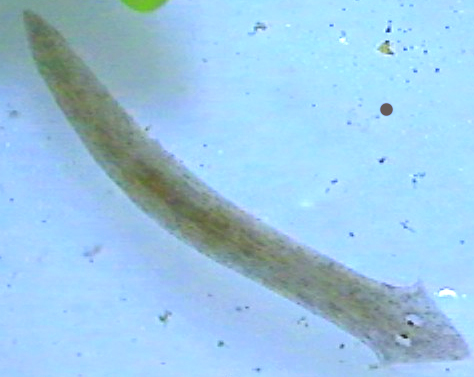
Dugesia tigrina (Neozoon from North America)
Mike6271, Public domain, via Wikimedia Commons
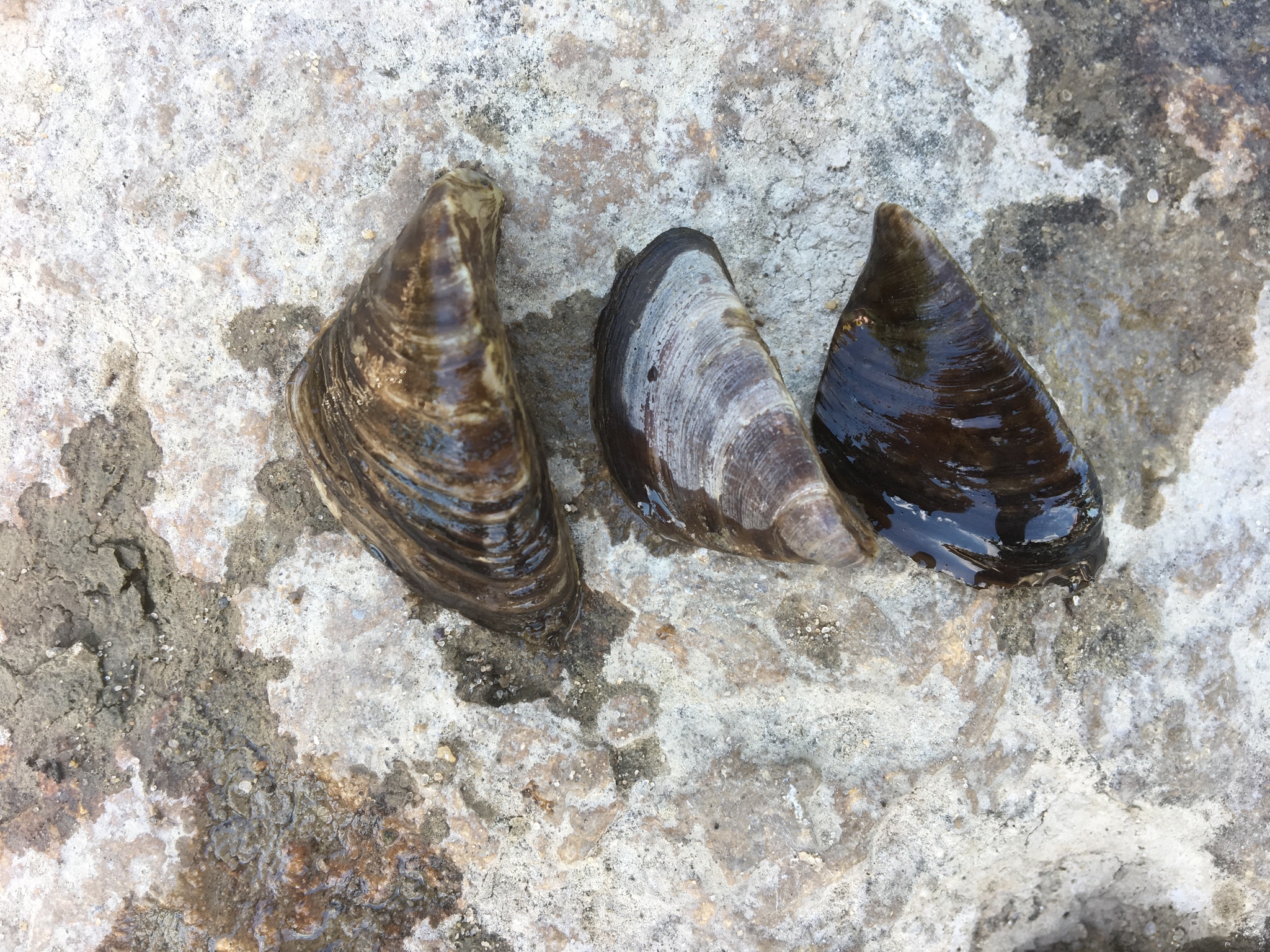
One type of mussel or different ones?
Difficult to distinguish.
So different the zebra mussel can look, how the pattern is also depends on the environment.
Since the mussel is in close contact with all dissolved and suspended substances in the water, as well as
pollutants directly from the water, it is collected and examined by the Federal Environmental Specimen Bank
collected and examined.
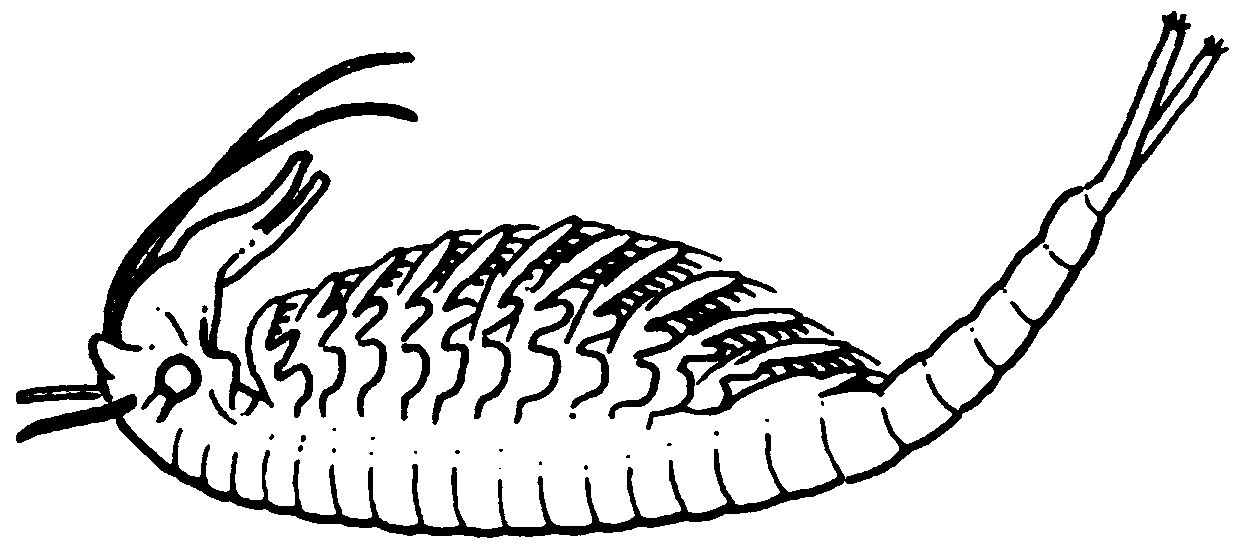
Tiny crab world
There are also other small crustaceans that take on the most diverse forms. However, they can usually only be discovered with a microscope in a water sample. For example, the shell crab, which is only millimeters in size, or water fleas. The rotifer does not belong to the crustaceans.
This website uses no external trackers, no analytics, just session cookies and values your online privacy.




